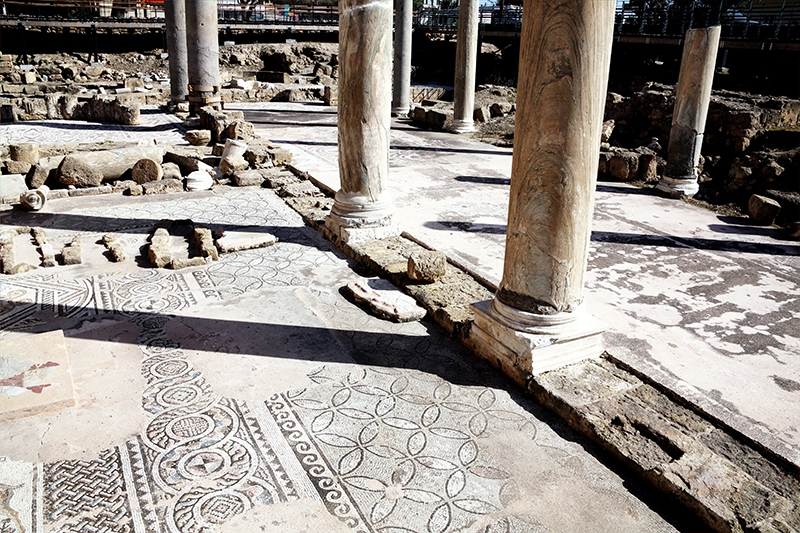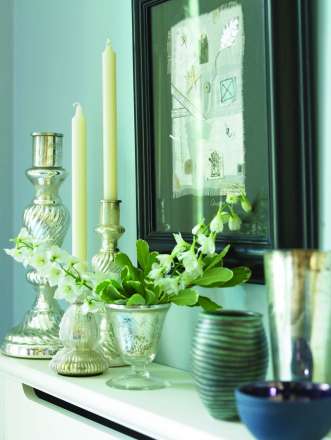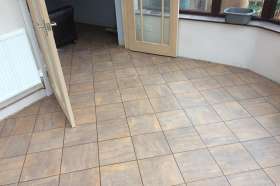
A Brief History of Flooring
Posted on: 15th October 2015For centuries, the flooring of dwellings consisted of whatever the local ground was made of and some of the less prickly foliage to make it more comfortable. Necessity is the mother of invention. No surprise, then, that soon after the invention of a primitive loom in Persia, people were taking the woven mats that were used to decorate walls and tables and laying them on the floor. The carpet was born. Unfortunately, it would be another five Millennia before the vacuum cleaner would be invented, so the only way to clean the carpet was to hang it over a washing line and beat it with a broom.
The practical Romans opted for tiled floors. The sophisticated underfloor heating systems in the villas and baths kept Roman toes warm in their caligae without the need for carpets. The arrangement of small tiles into patterns and later pictures gave the world a new artform: the mosaic.
As architecture emerged from the Dark Ages, a significant proportion of Europeans still had floors made of earth and straw. The Industrial Revolution didn't improve things much. The cheap housing (chiefly back-to-back terraces) newly erected in the developing cities and towns cut costs at every possible turn. While the rich enjoyed floors of sanded hardwood and solid flagstones, the poor had to endure cheap wooden floorboards half rotted from the damp created by poorly draining cesspits.
It takes a peculiarly British form of eccentricity to look at the rubbery skin formed on a tin of linseed oil based paint and think, "That would make an excellent flooring material", but that was precisely the thought that struck Frederick Walton in 1855 and he went on to invent Linoleum. The first artificial flooring dominated the market for a century until other cheaper artificial floorings were invented.
Fitted Carpets, Lino floor tiles, Engineered Wood, Laminate - the Twentieth Century provided an explosion in flooring types and the modern homeowner can choose from a range of classic and modern floorings.





